Given a list of points forming a polygonal line, and both height and width of a rectangle, how can I find the number and positions of all rectangles needed to cover all the points?
The rectangles should be rotated and may overlap, but must follow the path of the polyline (A rectangle may contain multiple segments of the line, but each rectangle must contain a segment that is contiguous with the previous one.)
Do the intersections on the smallest side of the rectangle, when it is possible, would be much appreciated.
All the solutions I found so far were not clean, here is the result I get:

You should see that it gives a good render in near-flat cases, but overlaps too much in big curbs. One rectangle could clearly be removed if the previous were offset.
Actually, I put a rectangle centered at width/2 along the line and rotate it using convex hull and modified rotating calipers algorithms, and reiterate starting at the intersection point of the previous rectangle and the line.
You may observe that I took inspiration from the minimum oriented rectangle bounding box algorithm, for the orientation, but it doesn't include the cutting aspect, nor the fixed size.
Thanks for your help!






